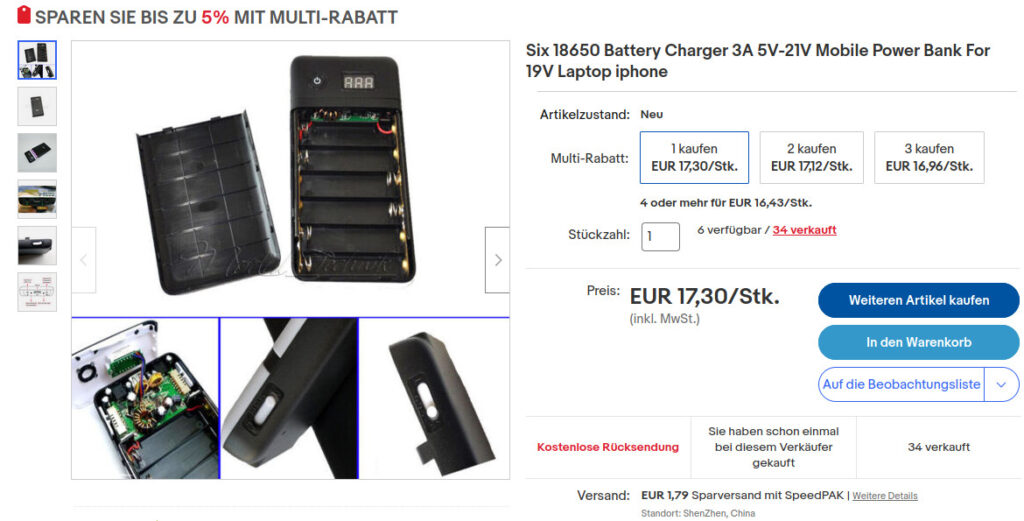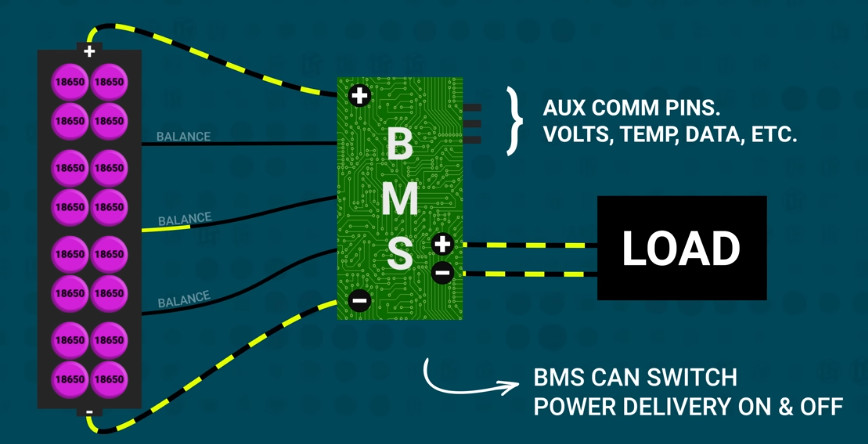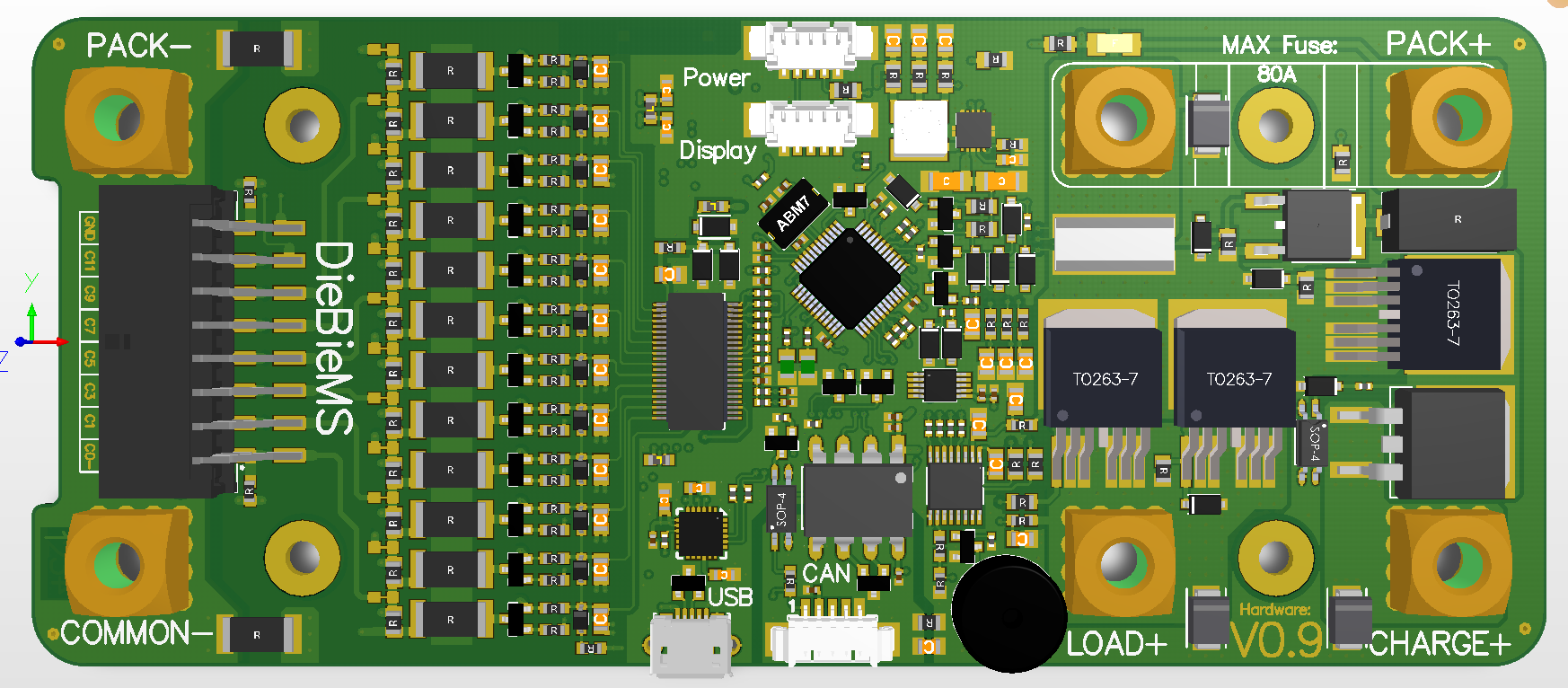- easiest and best fire protection:
- have the cells SPACED apart, so one cell CAN NOT heat up surrounding cells
- put the battery pack in as-thick-as possible metal box
- then put plastic bag of sand on top of pack (better than none), so when there is thermal runaway
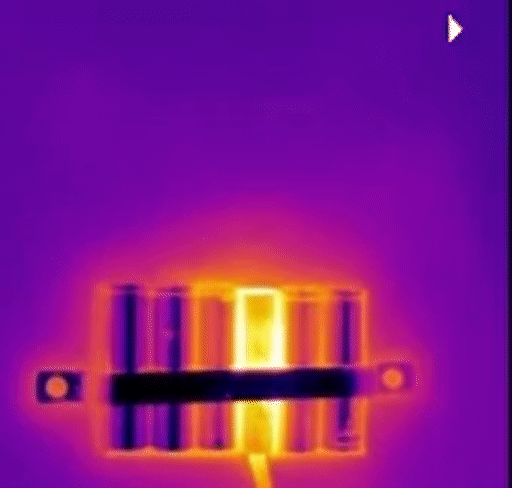 the fire will open the bag automatically releasing the sand, ideally hindering the fire to spread to other cells
the fire will open the bag automatically releasing the sand, ideally hindering the fire to spread to other cells

- or as Linus’s TechTip:
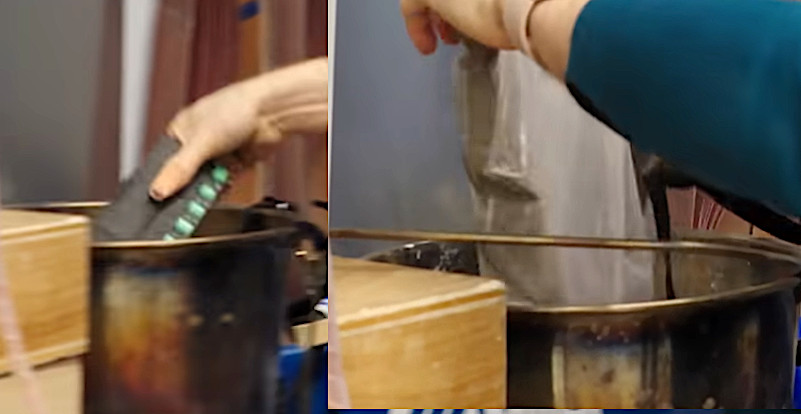
Linus techTip – safety precautions handling 18650 lithium batteries: metal bucket + sand on top: https://www.youtube.com/watch?v=Mkum7G-0vWg
the idea was:
- actually contacted the vendor through eBay, because the above DIY PowerBank is utter crap, as it has to be MANUALLY switched on, before charging a smart phone. The response was like this:
-
The correct order of use is:
1. Install the battery first,
2. Then charge or press the activation button to activate the protection board,
3. Adjust the voltage gear,
4. Press the output button and the measurement button at the same time to check the actual output
5. Connect the load,
6. Press and hold the output button to start the output.
Wrong sequence can easily damage the power box or load! <- #wtf
-
Do not press the activation button under normal circumstances (what?), because activation is to instantly cancel the protection function of the protection board (what?)
-
- so NOT ONLY is it hard to recycle 18650 Lithium batteries but, this DIY powerbank is also BADLY designed:
- solution: ripped it apart and now it is used as a battery holder for testing and charging 18650 with ZKE TECH Battery Tester EBC-A20
- so was able to recycle a few atoms of this badly designed DIY powerbank, the rest will most likely just go into more recycling.
- many notebook-laptop batteries are build with 18650 lithium batteries, most of them still in perfect condition, BUT recycling them is dangerous, as it is not often clear, in what state-shape they are in
- meassuring internal resistance (in microOhm) and doing charge-discharge tests while monitoring the temperature might help determine which batteries are still good to use
- BUT: if the cells have been laying around deep-discharged (below 3V!) DO NOT USE THEM again!
- as this increases the risk of thermal runaway (yes! this is how sensitive those lithium-ion batteries are, real bitches)
- Fun fact: CHARGED 18650 batteries when damaged, burst into flames, but not discharged ones 😀
- creditz go to those guys
- interesting xray video of thermal runaway (it says)
- BUT it also needs to be said, that gasoline and diesel engines are also far-from-perfect technology
- also do not like cold: hard time starting
- fuel leak could cause fire
- “Around 15,000 cars burn down on Germany’s roads every year.” (#holysmokes)
- “If minor damage due to scorching etc. is also taken into account, the figure is around 40,000 cars per year.” (Wiki)
- 6 of those *2800 = 16800mAh, so less capacity than a off-the shelf PowerBank from ANSMANN (USB Powerbank PB212, 20000 mAh, 74 Wh), while the price 23.70 + 17.30EUR for the PowerBank casing = 41.00EUR
while the ONLY advantage that can be seen here is:
- easily swap out faulty cells, giving it, in theory, an advantage when it comes to repairs.
“The 18650-type Tesla battery powers the Model S and the Model X. (It was also used for the original Roadster); the 2170-type is used for the Model 3 and Model Y. Both of these batteries are supplied by Panasonic.” (src)
“Tesla Will Use LiFePO4 Batteries For the standard range vehicles.” (src)
LiFePO4 a re a bit safer, but still, as can be seen here, they also do not like to be penetrated.
they are powerfull, but they are a bitch.
- they do not like deep discharge
- they do not like being over-charged
- they do not like heat
- they do not like cold
- they do not like being poked by something sharp
- it is correct, that lithium in water starts to burn, even if water is not perfect against lithium battery fires (thermal runaway) it helps avoid disaster
- fire extinguishing: “For extinguishing Li-ion battery fires, all foam, Co2, powder fire extinguishers and metal fire extinguishers can be used” (src)
- so the most simple solution, would be: a bag of sand, simply put a bag of it on the pack:
- unlike lead-gel-acid-agm batteries (chargable up to -15°C), Lithium batteries do not like cold, anf if charged at -10°C they will take permanent damange, Tesla will spend a lot of energy on heating up the battery before charging
- scientists try to tackle the problem: “Lithium salt and ethyl acetate” but up to now, no luck
so lithium cells are a bitch… their management is possible, but tricky to say the least. Seems like Tesla and others will perfect it over the years.
- in a perfect world, the BMS would constantly monitor EACH SINGLE CELL and the internal resistance, take notes, and report any cells als “bad”, that the internal resistance is +15% above that of all the other cells and if the battery pack was build with easy service and repair in mind, the user should swap out the battery in time to avoid catastrophic failures, JUST AS IN A RAID ARRAY btw 😀
- or even more clever:
- there could be “spare” battery, that is not actively used, but now and then charged up, so it will never go below 3V, and as soon as one battery is detected as “bad”, the circuit could “swap” the good one in 😀 (so the bad ones will not be charged anymore… but still, after a few months to the latest, the bad cells should get swapped out)
this sounds interesting: https://github.com/DieBieEngineering/DieBieMS
as seen here
- “All my new vehicles so far contain Lithium based batteries and need some form of automated management to be utilized in a safe and easy way.”
-
“All affordable alternatives that I could find were either to:
-
dangerous(extreme cell voltage limits)
-
couldn’t carry the desired current (>70A)
-
not compact enough or were not customizable
-
-
“With this fully opensource project I would like to contribute to a more safe and affordable Lithium based electric vehicle (or possible other usage) future”
liked this article?
- only together we can create a truly free world
- plz support dwaves to keep it up & running!
- (yes the info on the internet is (mostly) free but beer is still not free (still have to work on that))
- really really hate advertisement
- contribute: whenever a solution was found, blog about it for others to find!
- talk about, recommend & link to this blog and articles
- thanks to all who contribute!


